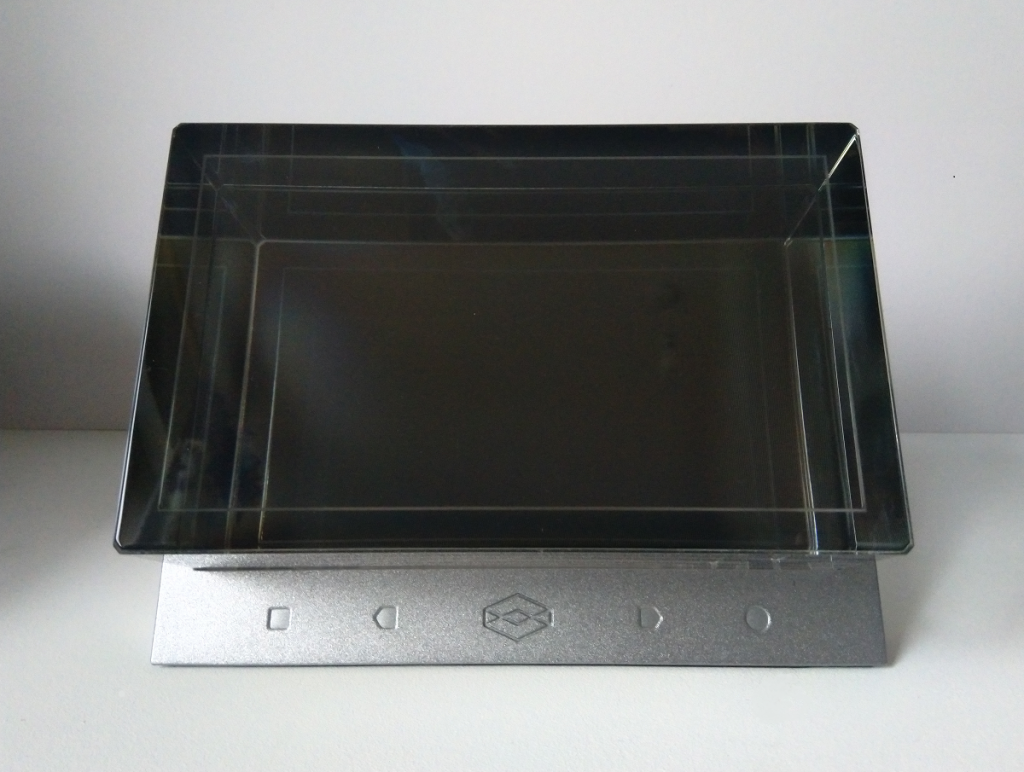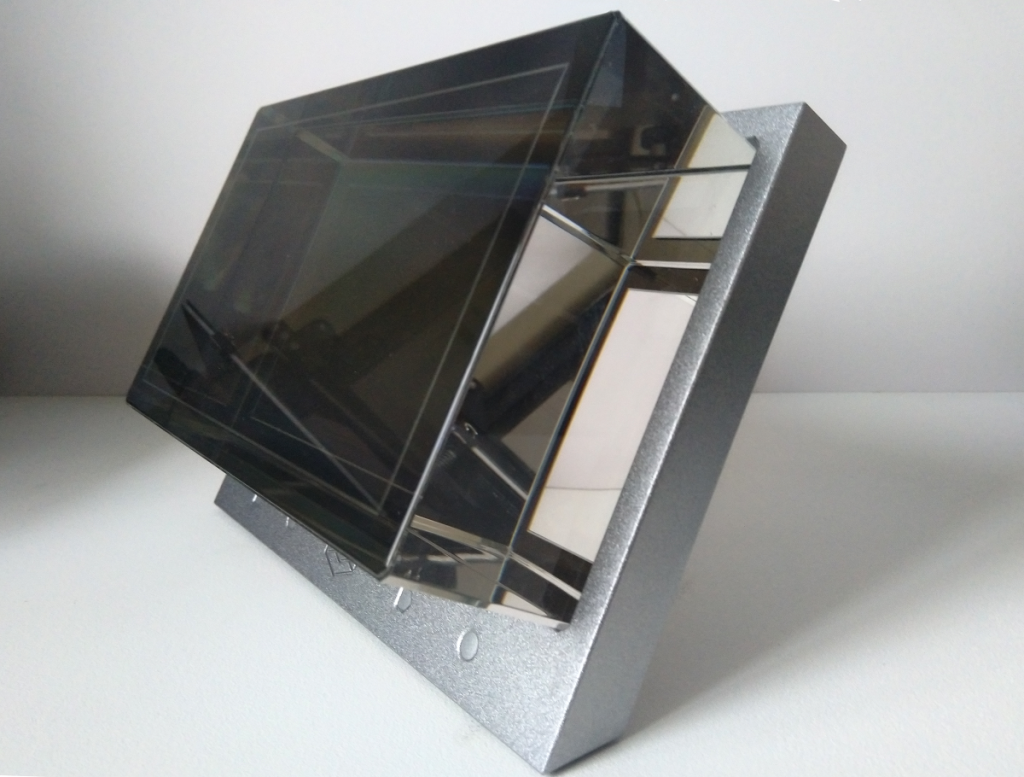Post Viral Fatigue Symptoms
One of the things I wish I knew from the start was how to manage post viral fatigue. This isn’t like most illnesses where you can push through it. This doesn’t allow you to do this, instead it makes the post viral fatigue symptoms worse and leads to crashes, where all your energy is depleted. This isn’t like normal exhaustion or fatigue. No one will know just how debilitating it is until they experience it, this included me.
I have never felt fatigue like this before. This completely knocks you out, and it has left me confined to the bed on many occasions. I am currently finding it’s taking longer to recover from the crashes. I’ve been mainly confined to the bed for two months now. I have difficulty doing daily tasks and rely on my husband to do most of them. Due to the worry and distress of not being able to get back to a normal functioning state, I am also suffering from anxiety and depression in addition to the PTSD caused by my experience with the virus, and the unresolved PTSD from my childhood.
I would never have known what ME/chronic fatigue sufferers endure and how debilitating it is. It is a disability. You can’t get back to how your life was before. You can only function at a fraction of your normal capacity, and you can only take one day at a time because you have good days and you have bad days. You can’t plan anything because you can’t guarantee you’ll be well enough. It’s incredibly frustrating and distressing. It is not surprising people are developing mental health issues such as anxiety and depression with this.
Everything takes up so much energy, both physical and mental. I’m so surprised just how much energy writing, reading, talking, listening and concentrating takes.
I’ve had a handful of days where I have felt normal, but these are short lived. The cycle of feeling okay, doing things and then crashing continues. It’s only about six weeks ago that I realised this boom and bust cycle is dangerous, and can lead to me developing ME/chronic fatigue.
I am experiencing ME/chronic fatigue symptoms, and according to the ME Association I would now be classed as having ME/chronic fatigue due to length of time I have been experiencing these symptoms.
When I get extremely exhausted and crash, the fatigue is accompanied by flu like symptoms, my body and head feels achy, my glands are swollen. I have a huge problem with my concentration and have difficulty writing and constructing sentences. I find my short term memory is affected as well.
Jade Gray Christie’s Story
Many people are suffering, and here is Jade Gray Christie’s story – BBC: Long Covid: ‘My fatigue was like nothing I’ve experienced before’. I feel her story expresses clearly just how debilitating the fatigue is.
I was also surprised by the fact during the infection, she wasn’t taken to the hospital by the paramedics because they felt she was young and would survive. For me this brought up a lot of questions. If she had received some medical treatment, would it have helped her recovery and perhaps prevented her from having Long Covid?
I know I needed to be in hospital because my oxygen levels were so low and I couldn’t stay awake for weeks. My organs had slowed down. There was a moment when it was like a switch had been turned on and my body was working again. This was at the end of April 2020. My doctor told me this was the point the coronavirus had gone. If I went to the hospital they would have administered antibiotics, and this would have prevented me from getting the secondary chest infection.
They are saying that majority of the people suffering from Long Covid are the ones who have recovered at home. If the treatments administered at hospital help alleviate the symptoms of the infection, then this would surly have helped with recovery and perhaps prevented Long Covid.
The article also made me question the statistics. Since hospital admissions are seemingly being reserved for those who are regarded as the most vulnerable in society, then this is not really a true picture of what really is happening. It feels as if people who are not deemed vulnerable are not being given the treatment they need to recover fully. This is going to cause unnecessary suffering, long term damage, disabilities and preventable deaths.
Information about Post Viral Fatigue from the ME Association, North Bristol NHS and Your COVID Recovery NHS Website
The symptoms I’m experiencing are normal with post viral fatigue. The flu like symptoms are caused by the immune system not returning to its normal state after the acute infection. This information can be found in this pdf document by the ME Association:
ME Association: Information on Post-viral Fatigue (PVF) and Post-viral fatigue Syndrome (PVFS) Following Coronavirus Infection
One of the things I found extremely difficult to find was practical advice about how to manage the post viral fatigue safely. After a lot of searching, I found this very helpful and informative guide on managing the fatigue by the North Bristol NHS Trust.
North Bristol NHS: Chronic Fatigue Syndrome ME Service/Post Viral Fatigue- A Guide Management
The NHS: Your COVID Recovery website has a lot of useful advice but they give the wrong advice in the fatigue section. They say not to nap during the day, but I found this made my fatigue worse. The nap during the day gives me a bit more energy. I think we need to listen to our own bodies and do what it needs.
The NHS are absolutely right by advising to rest in between activities, but they are wrong when they say it’s okay if you feel tired after doing activities. I am finding when I push, even by a tiny amount, it will build up over time and lead me to have a crash. This is what many people are experiencing too. Running on adrenaline is the worst thing we can do, and this leads to severe crashes, which can take a very long to recover from.
The advice they give regarding getting active is probably appropriate for most recoveries. For example, I had a knee injury and needed surgery a couple of years ago. I was on crutches for almost six months. During this time my muscles and stamina went. Once I was mobile again, with the help of a physiotherapist, I gradually built it up with graded exercise. My mobility, muscles and stamina returned.
I found this approach didn’t work for me with the post viral fatigue, and it makes the symptoms much worse. I find the bike, which is what the Your COVID Recovery website is suggesting as an alternative to walking, too exhausting and makes me feel worse. Walking is much better and manageable. For me, walking has helped me with my breathing as well, but I have read this is not the case with many sufferers of Long Covid, many struggle walking and have huge problems breathing.
This article, The Guardian: Long Covid Overlap Emerges with ME Including Debate Over Treatment, also highlights the fact that some of the advice given on NHS: Your Covid Recovery website regarding the fatigue is wrong.
Due to the pandemic NICE (The National Institute for Health and Care Excellence) cautions against using graded exercise therapy for patients recovering from long Covid. This is a breakthrough and directly contradicts the NHS’ Your COVID Recovery advice given.
Everyone seems to be experiencing different symptoms with COVID-19 both during the infection stage and with Long Covid. I feel the most important thing is to listen to your body and give it what it needs.
Information about Post Viral Fatigue and Long Covid from the BMJ and Physios for ME
I found it extremely difficult to get comprehensive information about long Covid until I found this very informative BMJ (British Medical Journal) webinar. It covers all aspects of Long Covid and gives vital information.
The fatigue symptoms experienced by many of us with Long Covid is being likened to ME/chronic fatigue. The video below, Post Viral Fatigue (PVF), Post Viral Fatigue Syndrome (PVFS), and Myalgic Encephalomyelitis (ME) by Physios for ME, really brought home to me how ME/chronic fatigue could be avoided if the condition was managed properly from the start.
I had no idea that pushing ourselves and the boom and bust cycles can cause us to develop long term ME/chronic fatigue. It was heart breaking to hear that so many ME/chronic fatigue cases could have been prevented if they hadn’t been given the graded exercise treatment by the medical profession. So many lives have been ruined by this.
With me experiencing these symptoms, it makes me angry to think that the medical profession feel that exercising and cognitive therapy would help us recover. It feels as if we aren’t believed. There are many ME/chronic fatigue sufferers who have and are experiencing this at the moment. We want to get back to our normal lives, no one wants to be like this. The depression and anxiety caused by the condition is absolutely natural. It is not the depression causing the fatigue symptoms, it’s the debilitating symptoms of the condition that causes the depression and anxiety.
The positive thing to come out of this pandemic, is that by having so many people suffering from post viral fatigue, ME/chronic fatigue at the same time, it has forced the medical profession to look at the symptoms and the advice given to ME/chronic fatigue sufferers again. It has led to the realisation that the advice they were giving in the past regarding graded exercise was not appropriate and caused more harm to the sufferers.
It’s brilliant that NICE have cautioned against using graded exercise therapy, but sad that they haven’t gone a step further and advised against using that treatment. Hopefully there will now be more research done into the condition, and ME/chronic fatigue sufferers will get the help and support they desperately need. They no longer will be fobbed off and they will finally be taken seriously.
How to Pace
I knew that I needed to pace but didn’t fully know how to implement it. This video by Physios for ME – Present Case Study of Post Viral Fatigue, / Long Covid / Chronic Covid 19 has been a tremendous help to me. I wish I knew this information at the start. I would have managed the fatigue a lot better and would have avoided the big crashes.
I thought I was resting by being in bed with my lap top on, whether it was watching, reading, listening or writing; this is not resting. Resting is lying down with no sound or distractions. I am doing this for about half an hour intervals throughout the day. I do an activity and then rest before doing the next activity. I have noticed a huge difference and feel I am managing the fatigue better.
This is an excellent and comprehensive guide on to how to pace and conserve your energy by the Royal College of Occupational Therapists:
Royal College of Occupational Therapists: Conserving Energy
It does take time and planning for pacing to become a part of our daily routine. I can’t do things spontaneously because I just don’t have the energy to do this, and everything take twice as long or longer to do.
I have three hours a day to do something, and I have to take half hour breaks or a bit longer in between these times to conserve my energy, so that I am not totally exhausted.
Two of my hours are for mental work. One is for my own work, which includes writing this blog, and the other for emails and other things. Everything takes so much longer to do. This blog has taken me eight days to write, whereas I could have ordinarily written it in two to three days. I find my energy is completely drained after about one hour of concentration.
The third hour is allocated for a 45 minute walk. The walk is necessary for my mental health and well-being. It’s also helping me to rebuild my leg muscles which were lost during the illness, and the fact that I have been mainly confined to the bed for eight months.
I know the PTSD and therapy, where I am working on the trauma caused by my experience with the virus as well as unresolved trauma from my childhood, will be draining a lot of my energy too.
My husband is doing all the household chores, including the cooking, and this gives me the time and energy to have those three hours. If I was on my own then I would really struggle looking after myself, and all the time and energy would be taken up by just doing the essentials. It would be impossible to have a social life and keep in contact with loved ones.
I know how lucky I am to have Thomas and for all his help, but there are going to be many people who do not have this help and support, and I don’t know how they are going to manage. This is where the government needs to step in and provide that help and support.
I still have good and bad days, and I can only still do a fraction of what I could do before I had COVID-19, about twenty percent, but I am not crashing like before and my brain fog is improving greatly. I have a very long way to go and it is very worrying and upsetting not being certain that I am going to fully recover from this. I can only do what I need to do and hope for the best.


